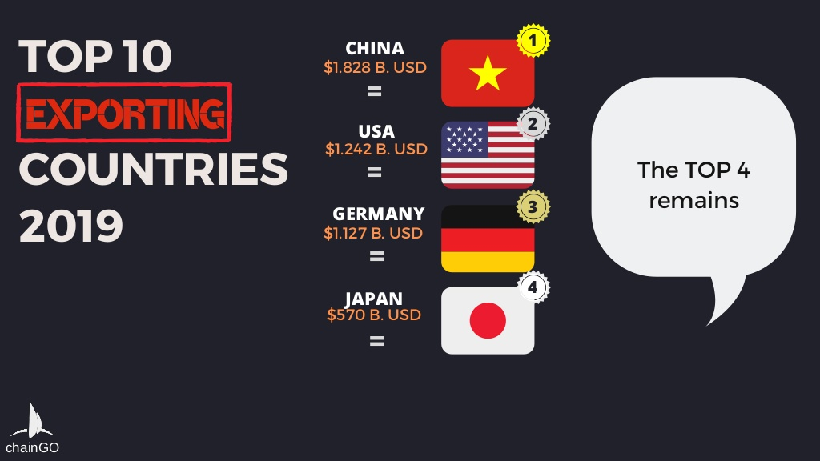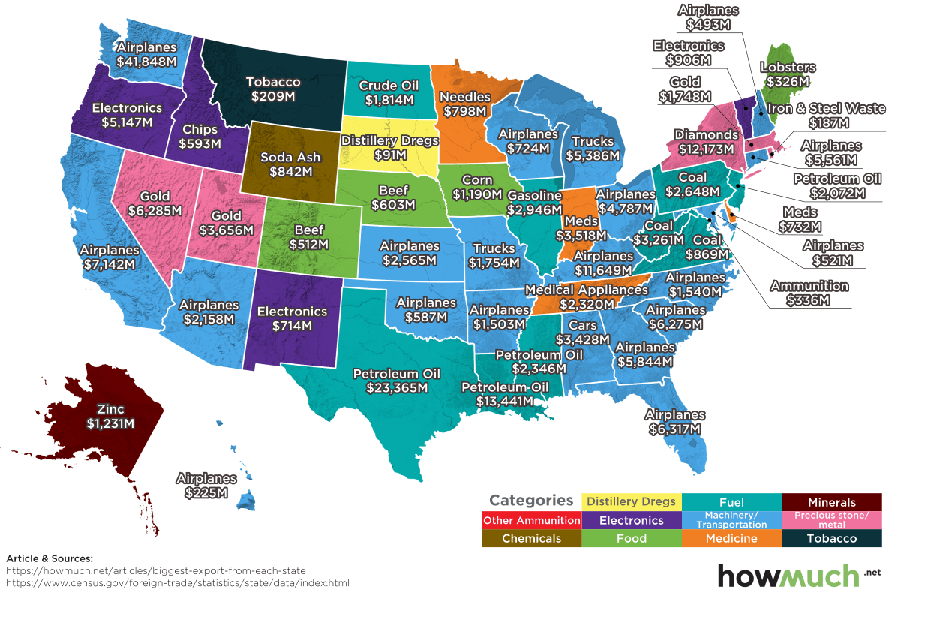More than 70% (72%) of American consumers prefer American-made products and nearly half (48%) say they’d be willing to pay around 10–20% more. An exclusive poll about buy-American shopping preferences from Retail Brew and The Harris Poll was conducted among a nationally representative sample of 1,986 US adults from July 22–24, 2022.
Overwhelmingly, Americans want to know where their products are made, and they can do so at retail stores by looking for a “Made in USA” label when they shop in person. However, when they shop online, there is no country of original information provided in the description of a product by the top online e-commerce companies, Amazon, eBay, and Etsy.
In 2020, The COOL Online Act (S. 3707) was introduced by Senator Tammy Baldwin to require a prominent country-of-origin description for all products sold online as well as clear disclosure of the country in which the seller of the product is located. However, big retailers including Amazon want to hide where their products are coming from and lobbied to prevent this bill from being voted on by the Senate. The text of this bill was added as an amendment to the Endless Frontier Act (S. 1260), which passed the Senate, but was not voted on by the House. A similar bill is planned to be introduced this year.
In addition, all of the e-commerce companies take advantage of the “De Minimis” rule, created by Congress as Section 321 to the Tariff Act of 1930. “De Minimis” is Latin for “too trivial or minor to merit consideration.” Its purpose was “to avoid expense and inconvenience to the Government disproportionate to the amount of revenue that would otherwise be collected.”
A White Paper by the Coalition for a Prosperous America (CPA) states, “The 1938 Congress set low-dollar thresholds for three different importation scenarios, assigning a $5 threshold for bona fide gifts and personal effects travelers brought with them, and a $1 de minimis for any other situation…Congress raised our de minimis threshold to a whopping $800 in 2015. China’s is 50 yuan, which is less than $8. Goods eligible for de minimis treatment enter the U.S. free of duties and taxes…Express consignment companies like FedEx and UPS and e-commerce sites like Amazon and eBay are the primary actors lobbying to keep de minimis as a giant open-border backdoor.
“U.S. Customs & Border Protection (CBP) itself acknowledges that raising the de minimis threshold
changed the very nature of international trade.” Under the traditional paradigm, businesses would contract foreign manufacturers, entering into supply contracts, importing particular products by the container-load, and then distribute products to domestic retailers. “Large shipments would be consigned to a single purchaser, and typically consist of the same or similar goods. Under the new paradigm, that same shipping container has individual packages destined for hundreds of individual customers who are fulfilling the legal role of “importer…”
“For regular imports, the law requires importers to provide Customs & Border Protection (CBP) an advance manifest of the incoming cargo describing it. But de minimis shipments, including millions of e-commerce packages, typically arrive with no advance information.”
CPA recommends that Congress “fix this by lowering the threshold back to $9 ($5, but adjusted for inflation).”
One company is leading the effort to adopt a private sector solution. Don Buckner Sr., recently contacted me about the new online marketplace he is developing to provide consumers with easy access to domestic manufactured products. MadeInUSA.com. Customers will be able to identify and search by three sourcing categories: Made in USA, Made in USA with US & Global Materials, and Assembled in the USA. They may also search by a Business Certification such as Veteran, Women, Minority, GSA Holder, or Small Business. This will increase a company’s visibility, allowing access to opportunities they might not otherwise have. Vendors must certify that products displayed on the site are produced in compliance with the Federal Trade Commission Made in USA claim. Strict adherence is required for all vendors. MadeInUSA is now registering vendors and products at https://madeinusa.com/vendor. The website is scheduled to go live in late 2023.
I asked what will make his website different from other websites offering Made in USA products, and
Don said, “MadeInUSA.com is an Enterprise level eCommerce marketplace specifically designed to highlight and promote vendors to domestically produced products. MadeInUSA.com is built using the latest technology and is the most comprehensive, secure, online resource for consumers and corporate buyers As the premier and trusted online marketplace for products made in the USA, the site offers a doorway between U.S. manufacturers and the world.”
Customers will be able to identify and search vendors by one of three categories: Made in USA, Made in USA with US & Global Materials, and Assembled in the USA. They may also search for vendors by a Business Certification such as Veteran, Women, Minority, GSA Holder, or Small Business. This will increase a company’s visibility, allowing access to opportunities they might not otherwise have.
Don explained, “The MadeInUSA.com eCommerce platform is based on a drop ship model and will collect and pay all sales tax and shipping costs. All the manufacturers must do is build it and box it”
The website is now open for vendor applications to offer products directly to consumers. Vendors may list products for free but must certify that products displayed on the site are produced in compliance with the FTC Made in USA claim. Strict adherence is required for all vendors. Manufacturers and vendors can register by visiting https://madeinusa.com/vendor to submit an application.
U.S. consumers prefer to buy domestic products. Today, it is hard for consumers to do that and easy for imports to by-pass customs duties. Congress has legislators working to fix labeling and import duties. I applaud the focus of Don Buckner to reconnect U.S. manufacturers to the U.S. consumers and to create American jobs through increased demand for USA branded products.
Industry Reimagined 2030 is working with national associations and the private sector to increase consumer purchases of U.S. goods. We share the same commitment that buying USA-made products isn’t just patriotic, it’s an investment into our communities, our labor force, and our economy. We aim to increase U.S. purchases by $500 billion that will result in 2 million jobs by 2030.


